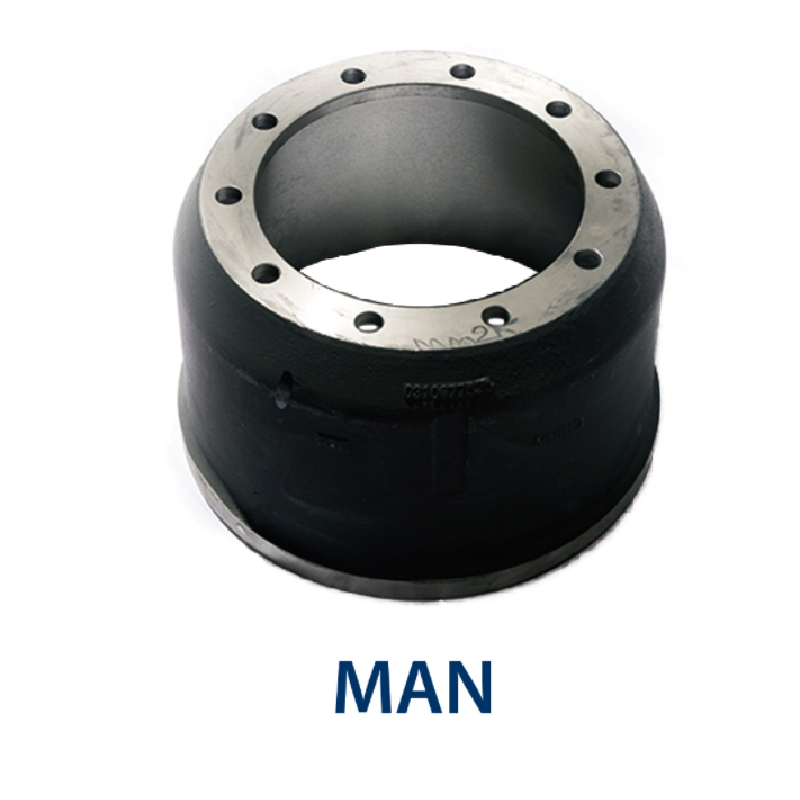Nov . 29, 2024 19:14 Back to list
Do Brake Drums Require Brake Pads for Effective Performance and Safety?
Do Brake Drums Have Pads?
When discussing the intricacies of vehicle braking systems, one question that often arises is whether brake drums have pads similar to those found in disc brake systems. To clarify this topic, it’s essential to first understand the components of brake systems and the differences between drum brakes and disc brakes.
Brake systems are critical components of any vehicle, providing the necessary mechanism to slow down or stop. The two primary types of braking systems in automotive engineering are drum brakes and disc brakes. Each system has its own set of components and operates on different principles.
Understanding Drum Brakes
Drum brakes were primarily used in older vehicle models but are still commonly found in many vehicles, especially on rear wheels. Unlike disc brakes, which use a flat disc, drum brakes consist of a cylindrical drum that rotates with the wheel. Inside the drum, there are brake shoes that press outward against the inner surface of the drum to create friction, ultimately slowing down the vehicle.
So the answer to whether brake drums have pads is somewhat nuanced. Instead of pads, drum brakes use brake shoes. These shoes are lined with friction material, similar to that of brake pads, but they are shaped differently and perform the function in a distinct manner.
Brake Shoes vs. Brake Pads
The difference between brake shoes and brake pads lies in their design and application. Brake pads are flat pieces of friction material that clamp down on a rotating disc to slow it down. Brake shoes, on the other hand, are curved and expand outward against the sides of a drum. Both serve the essential function of providing the stopping power necessary to halt a vehicle.
do brake drums have pads

Brake shoes typically have a lining made of various materials, such as organic compounds, semi-metallic materials, or more advanced composites designed to withstand high temperatures and provide high friction. When the driver engages the brakes, hydraulic pressure forces the shoes against the drum, creating friction and effectively slowing the car.
Advantages and Disadvantages
Both brake drum systems and disc systems have their own advantages and disadvantages. Drum brakes are generally less expensive to produce and maintain than disc brakes. They can also offer better brake force in certain conditions, such as wet weather, due to their enclosed structure. However, drum brakes tend to experience more heat buildup as they operate, which can lead to brake fade under heavy use.
Disc brakes, on the other hand, provide stronger and more consistent braking performance, especially in high-performance situations. They are also less susceptible to fade and have better resistance to water and debris thanks to their open design. However, they are typically more expensive, both in terms of initial costs and maintenance.
Conclusion
In summary, while brake drums do not have pads in the same way that disc brakes do, they do employ a comparable mechanism through the use of brake shoes. Both brake systems aim to provide effective stopping power, but they accomplish this through different methodologies. Drivers should be aware of the type of braking system in their vehicle and the maintenance requirements associated with each. Understanding these components not only enhances vehicle safety but also contributes to optimal performance on the road.
So, the next time you think about your vehicle’s braking system, remember the unique role that brake shoes play within the drum brake system, and recognize the importance of maintaining this critical aspect of automotive safety.
-
ROR Web Development: Build Fast, Scalable, Secure Apps
NewsAug.17,2025
-
Scania Brake Drums: OEM Quality for Optimal Safety & Durability
NewsAug.16,2025
-
R.V.I: Advanced Remote Visual Inspection for Precision
NewsAug.15,2025
-
Discover HYUNDA: Innovative Vehicles, Equipment & Solutions
NewsAug.14,2025
-
R.V.I: Unlock Advanced Insights & Real-time Performance
NewsAug.13,2025
-
Kamaz Brake Drum: Durable & Reliable for Heavy Duty Trucks
NewsAug.12,2025
